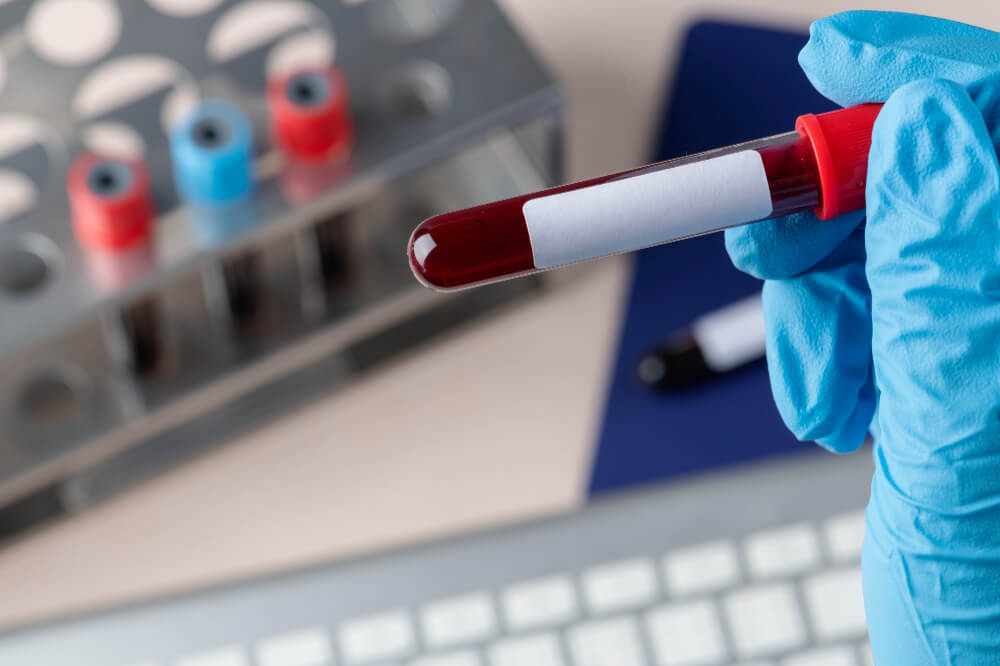Understanding the Limp: A Comprehensive Guide to Antalgic Gait
Antalgic gait, also known as painful gait, is a common walking abnormality characterized by a limp. It occurs when an individual experiences pain in the lower back, hip, leg, or foot, causing them to alter their walking pattern to minimize discomfort. This altered pattern typically involves a shorter stance phase (the time spent on one leg with weight bearing) on the affected side and a prolonged swing phase (the time spent with the leg in the air) to reduce weight bearing.

Causes of Antalgic Gait
Antalgic gait can stem from various underlying conditions affecting the lower body. Some common causes include:
- Musculoskeletal injuries: Sprains, strains, fractures, and muscle tears can cause significant pain and lead to antalgic gait.
- Arthritis: Both osteoarthritis and rheumatoid arthritis can cause pain and stiffness in the joints, impacting gait.
- Bursitis: Inflammation of the fluid-filled sacs cushioning joints can cause pain and limit movement, leading to an antalgic gait.
- Tendonitis: Inflammation of the tendons connecting muscle to bone can cause pain and alter gait.
- Spinal conditions: Sciatica, caused by pinched nerves in the lower back, and disc herniation can cause pain radiating down the leg, affecting gait.
- Neurological conditions: Conditions like stroke, multiple sclerosis, and Parkinson’s disease can affect muscle control and coordination, impacting gait.
- Infections: Bone or joint infections can cause pain and swelling, leading to an altered gait.
- Foot problems: Conditions like plantar fasciitis, corns, and bunions can cause foot pain and affect walking patterns.
Symptoms of Antalgic Gait
The primary symptom of antalgic gait is a limp favoring the unaffected side. However, other symptoms may accompany the limp depending on the underlying cause, such as:
- Pain: This can be localized to a specific area or radiate throughout the affected limb.
- Stiffness: The affected joint or muscle may feel stiff and restricted in movement.
- Swelling: Inflammation associated with the underlying condition may cause swelling in the affected area.
- Weakness: The affected leg may feel weak or unstable, making walking difficult.
- Reduced range of motion: Movement in the affected joint may be limited.
Diagnosing Antalgic Gait

Diagnosing antalgic gait typically involves a physical examination by a healthcare professional. The doctor will assess your gait pattern, observe for any limping, and ask questions about your medical history, pain location, and duration. Additional investigations may be needed depending on the suspected cause, such as:
- X-rays: To visualize fractures or bone abnormalities.
- MRI scans: To assess soft tissues like muscles, ligaments, and tendons for damage.
- Blood tests: To rule out infections or inflammatory conditions.
Treatment Options for Antalgic Gait
Treatment for antalgic gait focuses on addressing the underlying cause of the pain and improving the individual’s gait pattern. The specific treatment plan will vary depending on the diagnosis and severity of the condition.
Common Treatment Options:
- Rest: Reducing activity and allowing the affected area to rest is crucial for healing.
- Pain medication: Over-the-counter pain relievers like ibuprofen or acetaminophen can help manage pain.
- Ice and heat therapy: Applying ice packs to the affected area can reduce inflammation and pain, while heat therapy can help improve muscle stiffness.
- Physical therapy: Physical therapy exercises can help strengthen muscles, improve joint flexibility, and retrain the individual on proper walking mechanics.
- Assistive devices: Using canes, crutches, or walkers can provide support and reduce weight bearing on the affected leg, promoting healing and improving gait.\
- Braces and splints: These can help immobilize or support the affected joint, promoting healing and reducing pain.
- Surgery: In some cases, surgery may be necessary to address the underlying cause, such as repairing a fracture or removing a tumor.
Additional Considerations:
- Weight management: Maintaining a healthy weight can reduce stress on joints and improve overall mobility.
- Proper footwear: Wearing comfortable and supportive shoes can help improve gait and reduce pain.
- Lifestyle modifications: Avoiding activities that aggravate pain and adopting healthy lifestyle habits like regular exercise and good sleep can promote overall health and support recovery.
Prognosis for Antalgic Gait
The prognosis for antalgic gait depends heavily on the underlying cause and its severity. In most cases, with proper treatment of the underlying condition and physical therapy, individuals can experience significant improvement in their gait and pain management.
